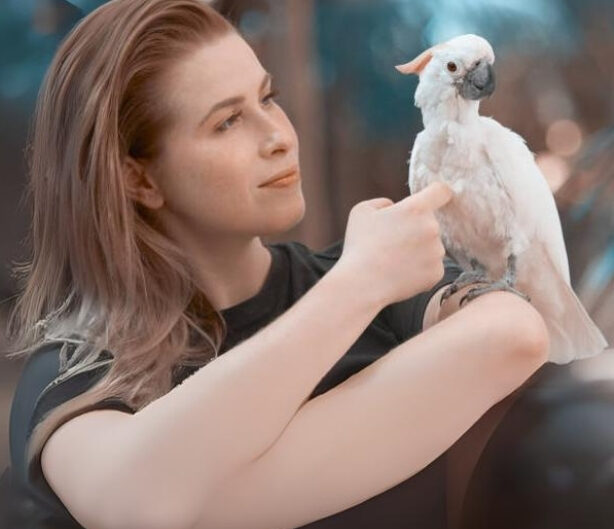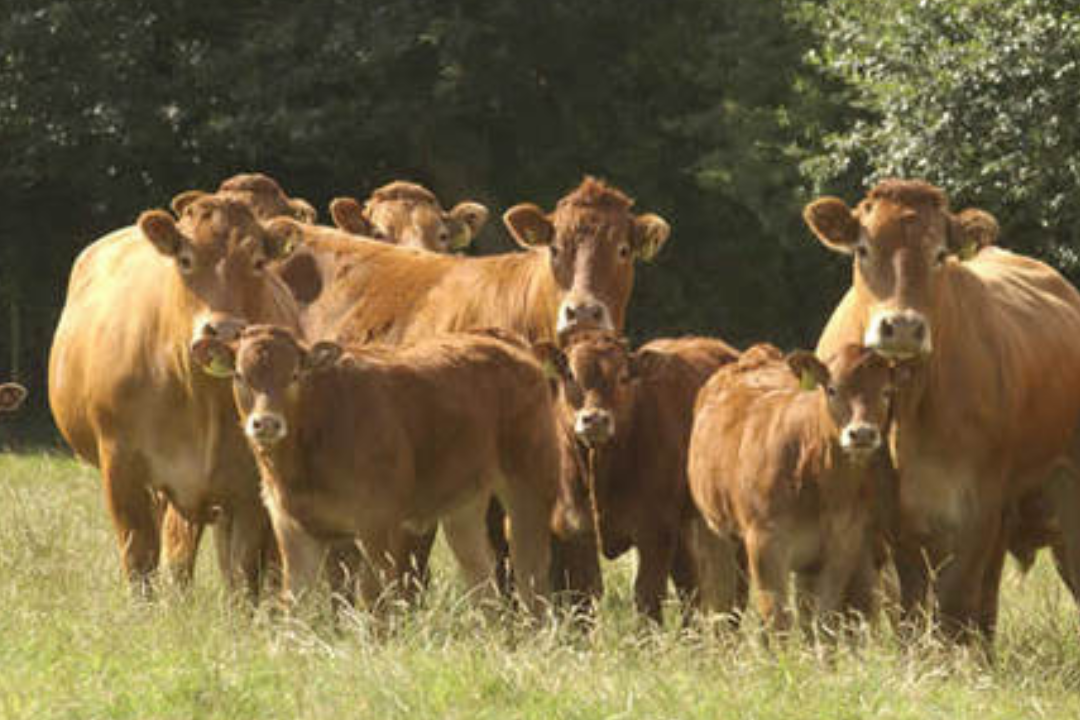What are the disadvantages of a Limousin cow?
Introduction
- Limousin cow are popular for their muscular build and efficient meat production. However, there are disadvantages to owning and raising Limousins that can make them a less favorable choice for some farmers. Whether it’s their temperament, calving difficulties, or market challenges, these factors can affect their practicality in certain farming environments. Let’s dive into the potential drawbacks of this breed to give a well-rounded perspective.
The Carcass Breed
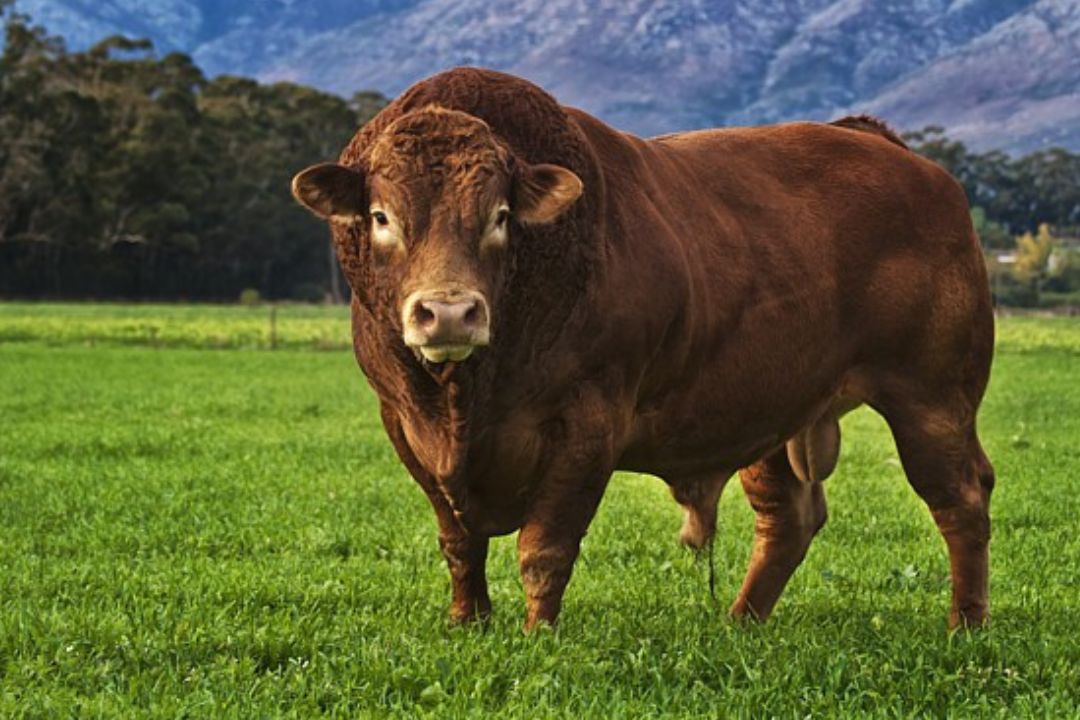
Initially used mainly as draft animals, interest in Limousins as a source of high quality meat grew about two hundred year ago. The first Limousin herd kaitab was then established in France in 1886 to ensure the breed’s purity and need by only recording and breeding animals that satisfied a strictly enforced breed standard.
Limousin cow have become popular because of their low birth weights (ease of calving), higher than average dressing percentage (ratio of carcase to live weight) and yield (ratio of meat to carcase), high feed conversion efficiency, and their ability to produce lean, tender meat.
- Limousin cow are especially favoured for crossbreeding with cattle such as Angus, Hereford and Shorthorn because of their ability to contribute hybrid vigour, and improve the yield and feed conversion efficiency of these British breeds, which produce higher levels of fat and marbled meat.
Overview of Limousin cow
Beginning from France, Limousin cow are essentially reared for their lean meat, making them well known in hamburger markets all over the planet. They are solid, medium to huge estimated creatures, frequently rosy brilliant or dark in variety. Regardless of these engaging characteristics, Limousin cows present a few difficulties to ranchers, especially those new to the variety’s particular requirements.
Characteristics
● Efficient carcase – high slaughter %’s; meat yields; meat to bone ratios and low fat.
● Easy calving – at 32kgs on the veld.
● Adaptability – thrives from the Bushveld, Highveld, Karoo, Namibia and the Cape.
● Functionally efficient – great emphasis is placed on well adapted, fertile animals with good beefing qualities.
● Docility – they are easy to work with.
● Fertility – hard achieve 92% weaning rates.
● Longevity – cows daily produce up to 14 calves.
● Feedlot potential – with excellent feed conversion and average daily gains in excess of 2kgs per day.
● Carcase contests – routinely contend and win with high meat yields of 65%.● Genetic variation – is wide with new bloodlines from tested bulls in France.
● Breedplan Performance Recording System – our data base is controlled and great strides have been made with all genetic trends.
● Interbreed competitions – gold cups are daily won at major shows.
Grazing Behavior
Limousin cow are known to be specific nibblers, which can prompt lopsided field use. Ranchers might find that they need to turn pastures all the more often or supplement brushing with extra feed, particularly in regions where field quality is conflicting
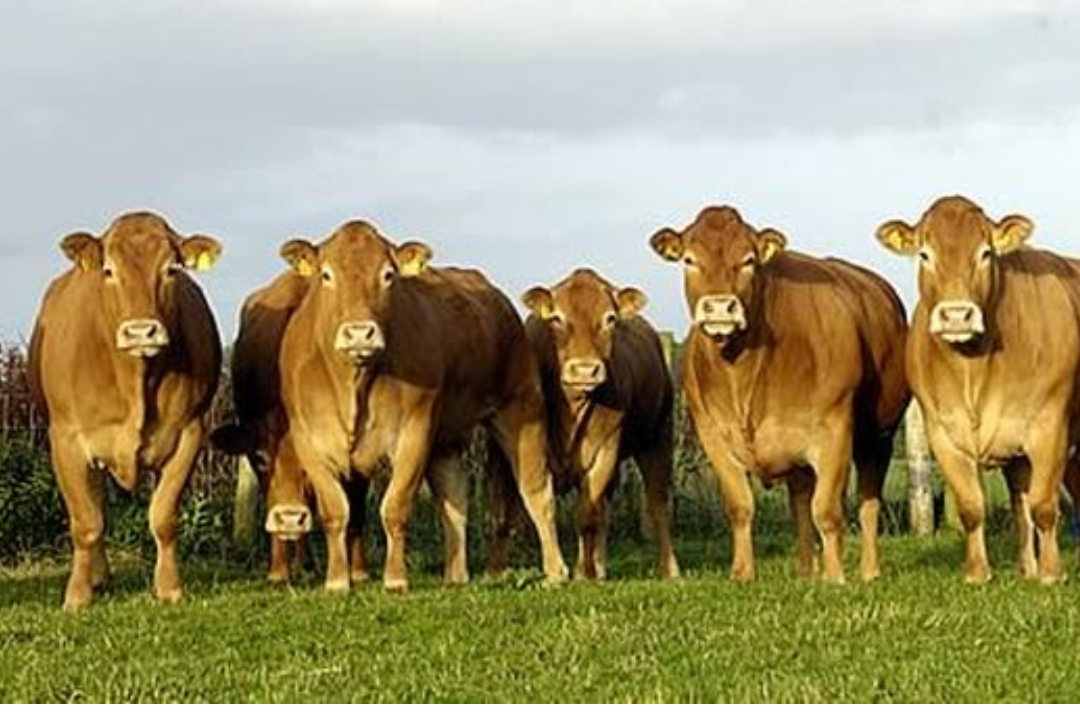
Minimum circumference of scrotum
Mass:
300 – 349 kg = 29 cm
350 – 399 kg = 30 cm
400 – 449 kg = 31 cm
450 – 500 kg = 32 cm
500 – 549 kg = 33 cm
550 – 600 kg = 33 cm
600 and higher = 34 cm
Hide and Coat
Supple, thick skin with good pigmentation. A short, shiny coat is ideal, but long, curly hair also occurs according to the season and environment.
Colour
All shades from a light straw colour to a dark red-brown. A lighter colouring around the eyes and muzzle, as well as between the legs, is normal.
Black Limousin cow
Since 1996 they have been allowed as a breed, administered by the same society and selected according to the same Standards of Excellency except under the colour clause where white may occur along the lower body line. A mulberry colour may also occur.
Discriminations & disqualifications according to the degree of deviation
● To big or too small
● Animals without the necessary pigmentation
● White or black above the lower body line, or, in black animals, white or brown above the lower body
● Too coarse or too fine a bone structure
● Poor balance, especially in cows that are heavy in the forequarters and bulls that are light in the hindquarters
● Wry mouth or nose bone
● Flat, hanging or roofy rump
● Wry tail setting or a tail setting that is too deeply implanted
● Straight-sold(straight hock with little or no curve)
● Cow-hocked (edges of hocks close together)
● Sickle-hocked (with the bottom of the back leg turned a lot to the front from the tarsal hock joint)
● Forelegs knock-kneed or bow-legged
● Hind legs turned to the inside
● Wooly or Limousin cow
● Matted curl
● Too long a head
● Rambling
● Pony-like
● A completely black or blue muzzle, or a white and brown muzzle in black animals
● Bad temperament: too listless or too wild
● Bulls with a female or ox-like appearance. Weak eye-brow ridge development and flat neck
● Female animals with male or ox-like appearance. Little or no udder and teat development, especially in heifers
● Excessive fat deposits on the brisket, hips and pins
● Misshapen genitals and a scrotum circumference that is lower than the minimum requirement:
a) One testicle
b) Testicles turned more than 45˚ and turned of epidiymus (side testicle)
c) Hypo-placement (one normal testicle and one smaller one)
d) Absence of side testicles
e) A dangling, prominent sheath, or sheath with a large opening (prolaps)
● Excessively long or short bottom jaw
● Devil’s grip
● Hollow or roach-back
● Weak pasterns:
a) Dewclaws touch the ground
b) Short stiff and upright pastures
● Poor muscling especially at bulls
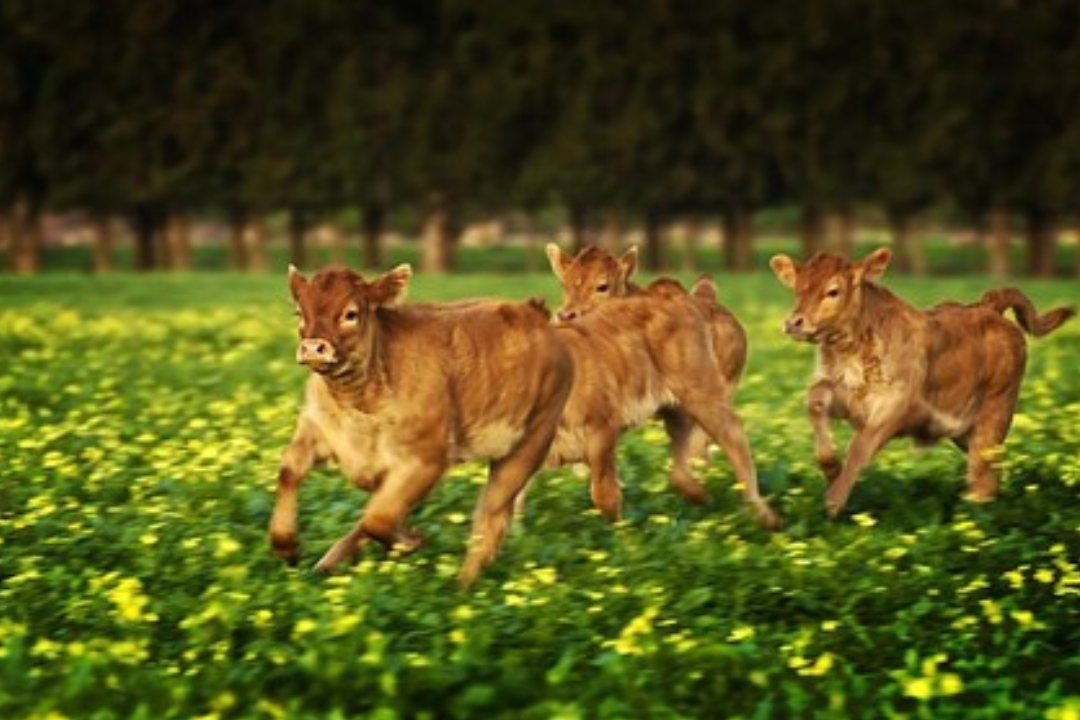
Cross Breeding
Crossbred cows produce up to, and in some cases in excess of, 20% more weaned calf weight as a result of increased reproductive performance and maternal ability. Crossbred Limousin cowlongevity is also increased by up to two years when compared with straightbred cows.
Are Limousin cattle aggressive?
What is the best breed to cross with Limousin cow?
What is the meanest cattle breed?
The use of Lim-Flex and Brahmousin sires over a third breed of cow would benefit most from increased hybrid vigour, which should minimise any reduction in carcase value arising from the loss of the F94L mutation.
According to research into the effects of the F94L mutation, live weights of progeny are unaffected by random inheritance of the mutation.
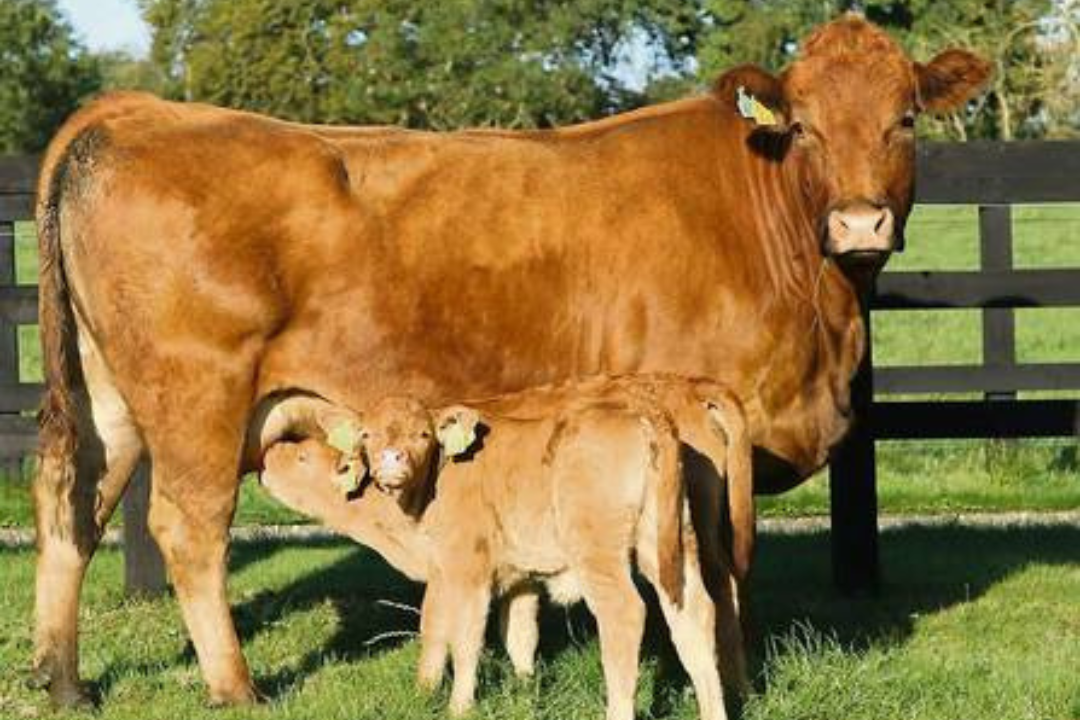
The Limousin cow Gene
Put resources into Limousin hereditary qualities and exploit the extraordinary Limousin Muscling Quality which can get your meat crowd delivering up to:19% more high value cuts
8% more in yield of retail cuts
6 -11% more tenderness
…with no extra feed!
What is the function of the Myostatin gene?
A regularly working myostatin quality hinders muscle development. A transformation of this quality decreases itspowers to switch off the multiplication of muscle fibres which can result in an increase of the size
and number of muscle fibres. There are nine known mutations of the myostatin gene of which six are
“loss of function” mutations meaning they inactivate the myostatin gene causing muscular hypertrophy
(larger muscle fibres) and hyperplasia (more muscle fibres).
The best known mutation is the 11 pair
erasure nt821 which has a high recurrence in the Belgian Blue variety causing the common “twofoldmuscling” effect. This mutation also occurs in low frequencies in other breeds such as the Angus,
Murray Grey and South Devon breeds.
What is different about the Limousin cow muscling gene?
The mutation known as F94L which has a high frequency in theLimousin cow breed is one of three
missence mutations which does not cause a loss of function of the myostatin gene. It appears not to
cause an increase in the size of the muscle fibres but does cause an increase in the number of muscle
fibres. It is not associated with high levels of calving difficulty or lowered fertility and longevity
What are the effects of the Limousin muscling gene?
The research conducted by the Adelaide University group led by Dr Wayne Pitchford has clearly
documented the effects of the Limousin cow muscling gene as shown below.
How big is the effect if I use a Limousin bull over cows of another breed?
Conclusion
Limousin cow are without a doubt a significant variety for hamburger creation, their weaknesses ought not be ignored. From their more forceful disposition to calving hardships and market restrictions, potential proprietors should cautiously gauge these variables prior to putting resources into this variety. With the perfect administration, these difficulties can be relieved, yet it’s fundamental to know about them to guarantee the most ideal results.
